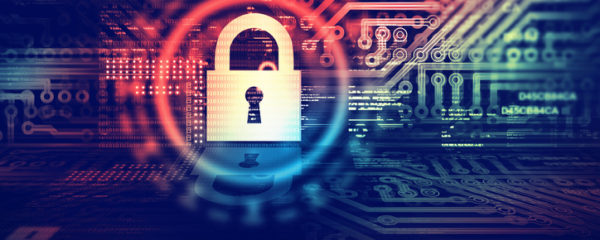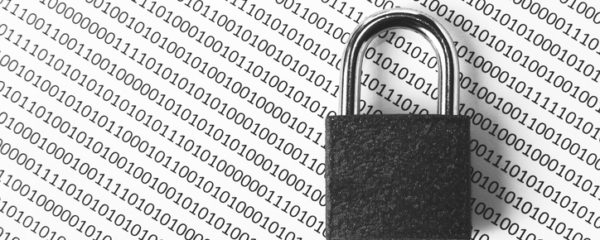If you like living in the digital age and surrounded by “smart” devices, check out this sobering stat: “Within the next five years, the number of devices connected to the Internet will outnumber the people on the planet by over seven to one — 50 billion machines, ranging from networked sensors to industrial robots.” Welcome to the Internet of Things …
For those who aren’t familiar with the “IoT,” it’s defined as a “network of physical objects — devices, vehicles, buildings and other items embedded with electronics, software, sensors, and network connectivity — that enables these objects to collect and exchange data.” The IoT rose before the World Wide Web and will dominate the future, according to in-depth work by Ars Technica.
Currently, “wearables” like wrist-based devices have to be tied to a smartphone, but this won’t always be the case. Said Mark Curtis, the chief client officer at Fjord to Ars, “[I]nteractions between wearables and nearables (e.g., beacons, Amazon Echo, connected cars) will grow.”
The New York Times tech writer, Farhad Manjoo, recently confirmed the upward trajectory for nearables, calling the Amazon Echo the “most promising candidate for the Next Great Gadget” and that it “brims with profound possibility.”
So, on the one hand, “profound possibility,” but on the other hand, what about privacy? Fjord’s Curtis encapsulates the matter perfectly:
“Wearables are worn publicly to express our sense of fashion and style, but at the same time, they can display extremely personal data. With these new devices, we may find ourselves ‘wearing’ some of the most personal aspects of ourselves: our conversations, relationships, and even our health. Unlike our smartphones, which we can conceal in the privacy of our pockets, wearables may ironically be the most intimate and public devices yet. When designing for this paradox, it’s important to keep in mind this precarious tipping point between public and personal.”
The IoT has also piqued the government’s interest and privacy advocates’ concern: from traffic lights and pedestrian crossing buttons acting as networked sensors to enhancing battlefield performance through embedded and wearable systems and “implanted sensors” in the soldiers.
Data privacy, by the way, has been top of mind with the invalidation of Safe Harbor framework last year and the recent unveiling of its replacement.
In addition to IoT privacy concerns, the systems can also be vulnerable to cyberattack. This could create chaos as many devices “can affect the physical world: spinning centrifuges a bit faster, unlocking and locking doors, turning up the heat, turning off brakes.” Wired magazine conducted an experiment in which hackers took over a Jeep Cherokee traveling at 70 mph, “toy[ing] with the air-conditioning, radio, and windshield wipers” and then the transmission. A scary prospect that lawmakers attempting to deal with with through auto-security legislation.
Cyberattacks on IoT could also create financial disruption, too. For example, Target’s data breach resulted from “targeting the remote control virtual private network connections used by a heating and cooling provider to monitor and control HVAC systems at Target’s stores.”
Despite the ongoing privacy and cybersecurity concerns, the IoT continues to grow. Are you ready?






0 Comments